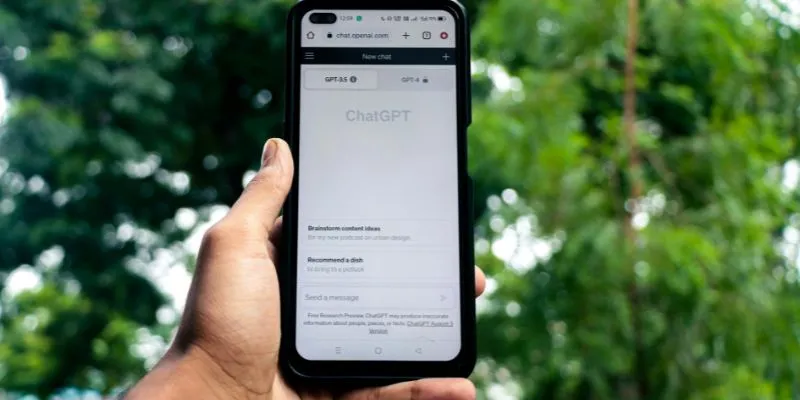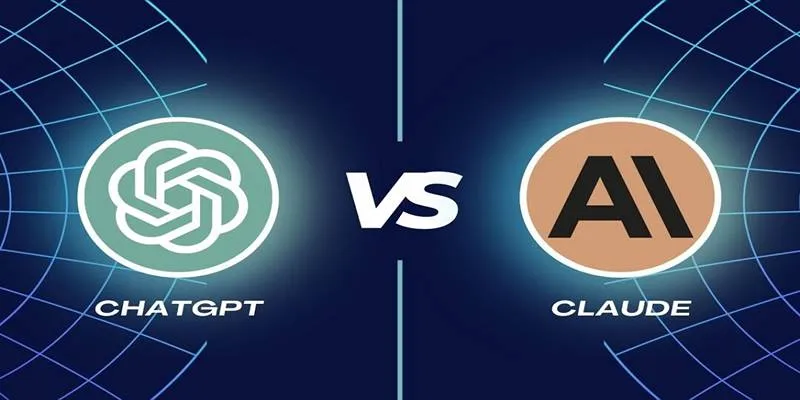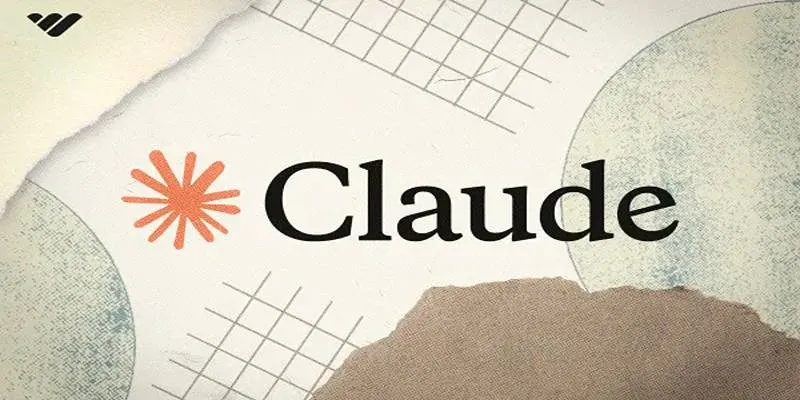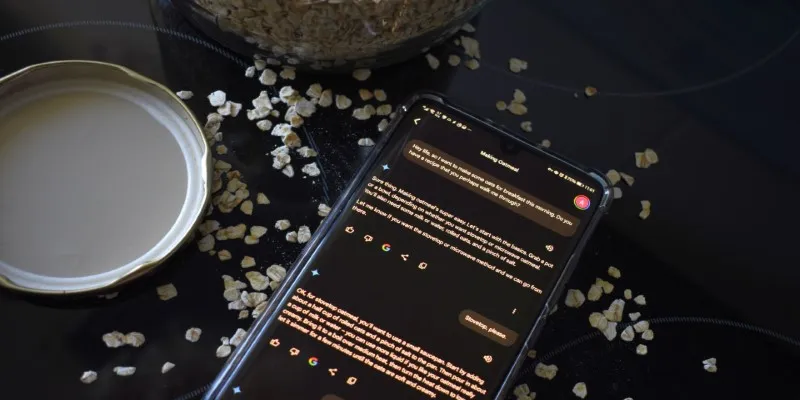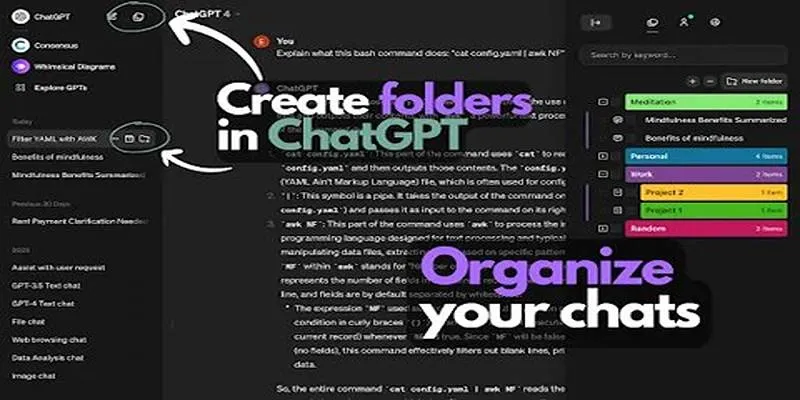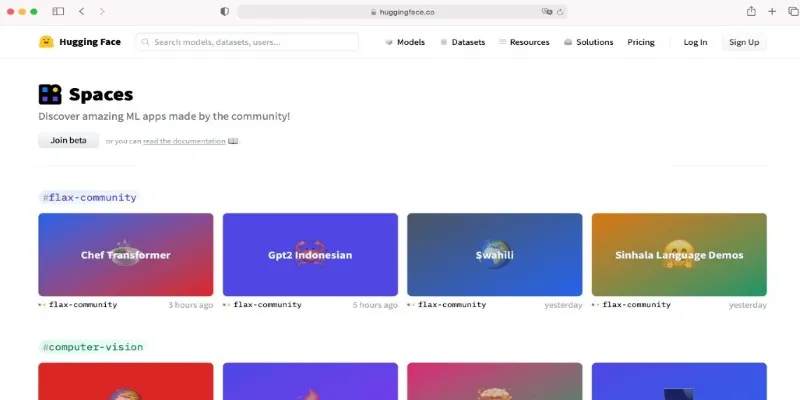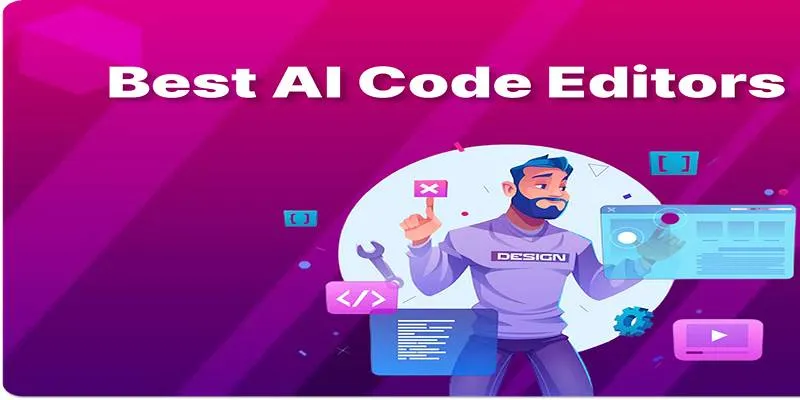Creating a polished presentation can be time-consuming, especially when you’re short on ideas or design skills. Thankfully, AI has stepped in to smooth the process. Today, there are smart tools that don’t just assist—they practically take the whole task off your hands. These tools can understand a few lines of your input and turn them into full slides with design, layout, and content.
Here’s a list of AI-powered tools that are doing just that. Whether you’re preparing for a team meeting, pitching to investors, or crafting an online course, these options can help get it done faster, without making your slides look like a template everyone’s seen before.
The 8 Best Tools That Use AI to Make Presentations for You
1. Beautiful.ai
If you’re looking for something that automatically takes care of layout and design, Beautiful.ai lives up to its name. It works like a smart assistant that predicts where your text, charts, or images should go and arranges everything accordingly. The best part? It adjusts in real time, so if you change one element, the rest adapts to keep things aligned and clean.
You don’t need to drag things around or worry about balance. Just pick a theme and add content, and the tool will handle the rest. It also comes with pre-built slides designed for common business topics, which means you can generate a deck without even writing full paragraphs—just short prompts or bullet points.
2. Tome
Tome leans more into storytelling than traditional slide-based formats. It’s built to give your presentations a natural flow, like you’re walking your audience through a story rather than clicking from one disconnected slide to the next. Using AI helps expand your ideas into a full narrative, complete with visuals and layout.

You type in a topic, and it pulls together slides that include text, images, and even some transitions. It can also use your past decks to understand your style and tone. This tool works well for pitches, portfolios, or anything that benefits from a narrative structure.
3. Gamma
Gamma offers a mix of AI content creation and design automation. What makes it stand out is its flexibility—it doesn’t lock you into a traditional presentation format. Instead, it creates interactive, scroll-based decks that feel more like a modern web page than a slideshow.
You can start with just a few bullet points or a topic. The AI fills in text, finds relevant visuals, and arranges everything into a clean format. If you’re tired of the same left-text, right-image setup, Gamma brings a fresh approach. It also supports quick editing. You don’t need to dig through menus—just click and type.
4. SlidesAI
SlidesAI focuses on turning text into presentations. If you’ve got a document, blog post, or just a few paragraphs of notes, you paste it in, and it builds a presentation around that. It summarizes, splits ideas across slides, suggests visuals, and applies themes automatically.
This one’s ideal if your content is ready but you don’t have time to make it look good. The tool doesn’t require much input beyond the raw text. It’s built as a plugin for Google Slides, so you can work within a familiar interface while letting the AI do the layout work.
5. Simplified
Simplified is more than a presentation builder—it’s an all-in-one tool for marketing and content creation. But it does offer an AI presentation feature that lets you input a few words and get a ready-to-use deck within seconds.
This tool supports branding options, so your slides match your colors and fonts without you manually editing each one. There’s also an option to expand on your ideas with AI-generated text, which helps when you’re stuck or trying to present a concept from scratch.
Another plus: it lets you instantly share your presentation via link, which is useful if you’re presenting online or want quick feedback.
6. Designs.ai’s Videomaker
This isn’t a slideshow tool in the traditional sense, but it can create video-based presentations with voiceovers, background music, and animated text. You enter a topic or short script, and it builds scenes automatically using stock footage, motion graphics, and narration.
It’s helpful when you’re making short explainers or promotional decks in video form. Instead of static slides, you get moving visuals that keep viewers engaged. The AI matches scenes with what you’re saying, and the tool even offers different voice styles and languages.
Perfect for social media campaigns or training content that needs more than just slides and text.
7. Kroma.ai
Kroma is built for professionals who want strong visuals and data-backed presentations without hiring a designer. It combines AI and a library of assets—charts, infographics, icons, and more—curated by professionals.

You feed it your content, and it offers layout suggestions, adds visual polish, and recommends charts or images that support your message. It also integrates with data sources, so if you have numbers, it can build dynamic charts automatically.
This tool works well for consultants, marketers, and anyone who regularly presents to clients or stakeholders. It helps make decks look like they were made by a design team, even if it’s just you working on it.
8. Visme’s AI Presenter
Visme already has a strong reputation for infographics and interactive design, and now it includes AI features to generate presentations from simple prompts. You give it a topic or purpose—like “monthly sales update” or “startup pitch for investors”—and it produces a draft with layout, visuals, and initial text.
From there, you can customize colors, fonts, and animations without starting over. The smart templates are built to adjust based on your content, so everything looks tailored even though it’s generated.
It’s especially useful for those who want something more visual and polished without digging too deep into manual editing.
Final Thoughts
AI tools have taken a lot of the busywork out of making presentations. Instead of dragging shapes, formatting text boxes, or searching for stock images, these tools let you focus on what you want to say—and they handle how it looks.
Each of the tools here serves a slightly different purpose. Some focus on clean slide decks, others on storytelling, and a few even build video-based slideshows. Depending on what you’re presenting and how you want it delivered, there’s probably one that fits right into your workflow.
 zfn9
zfn9



